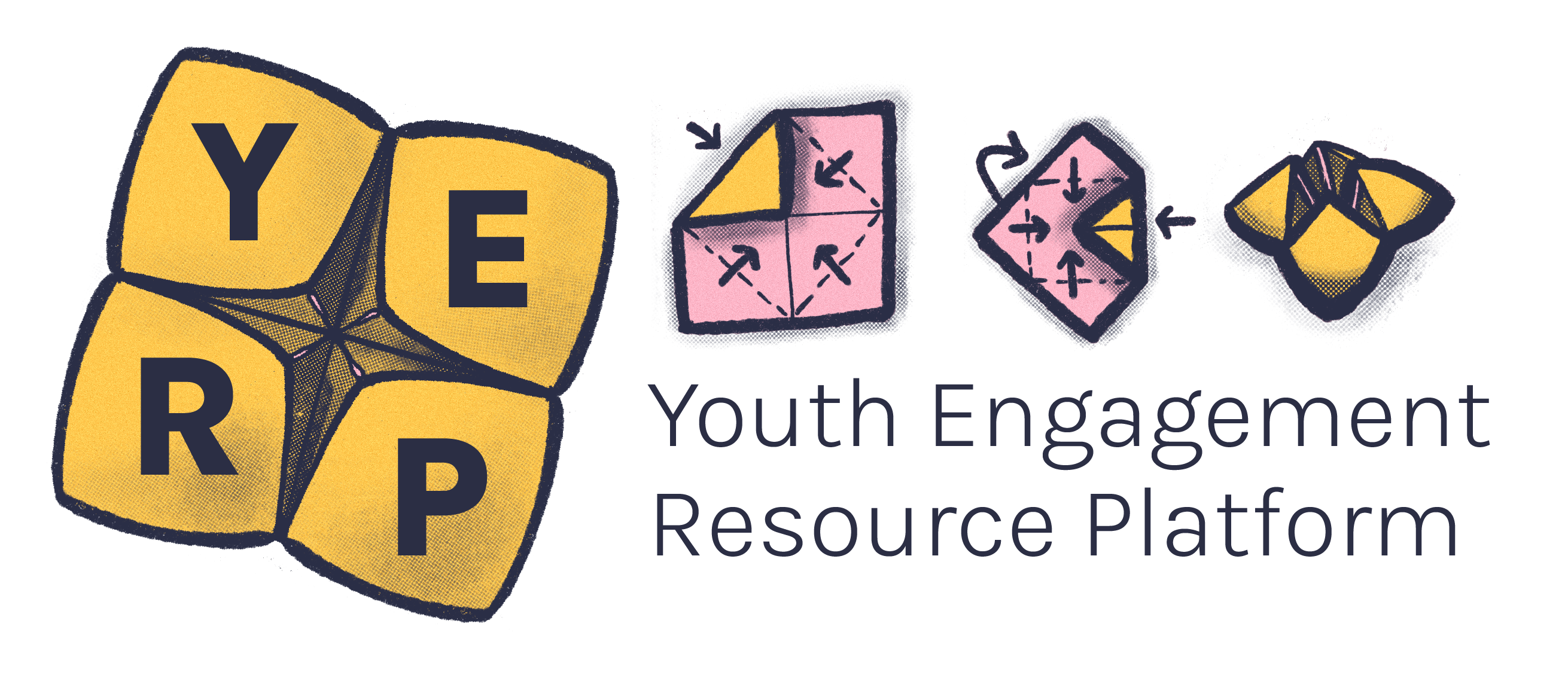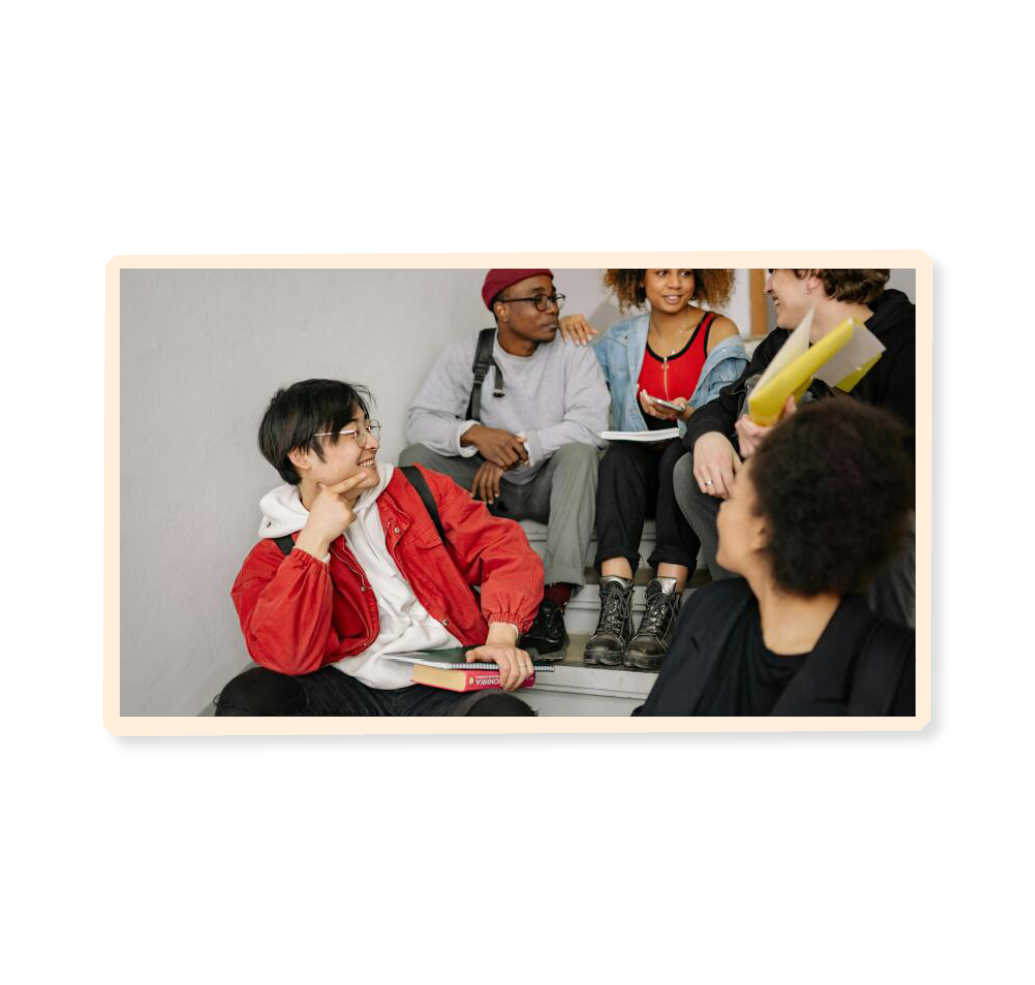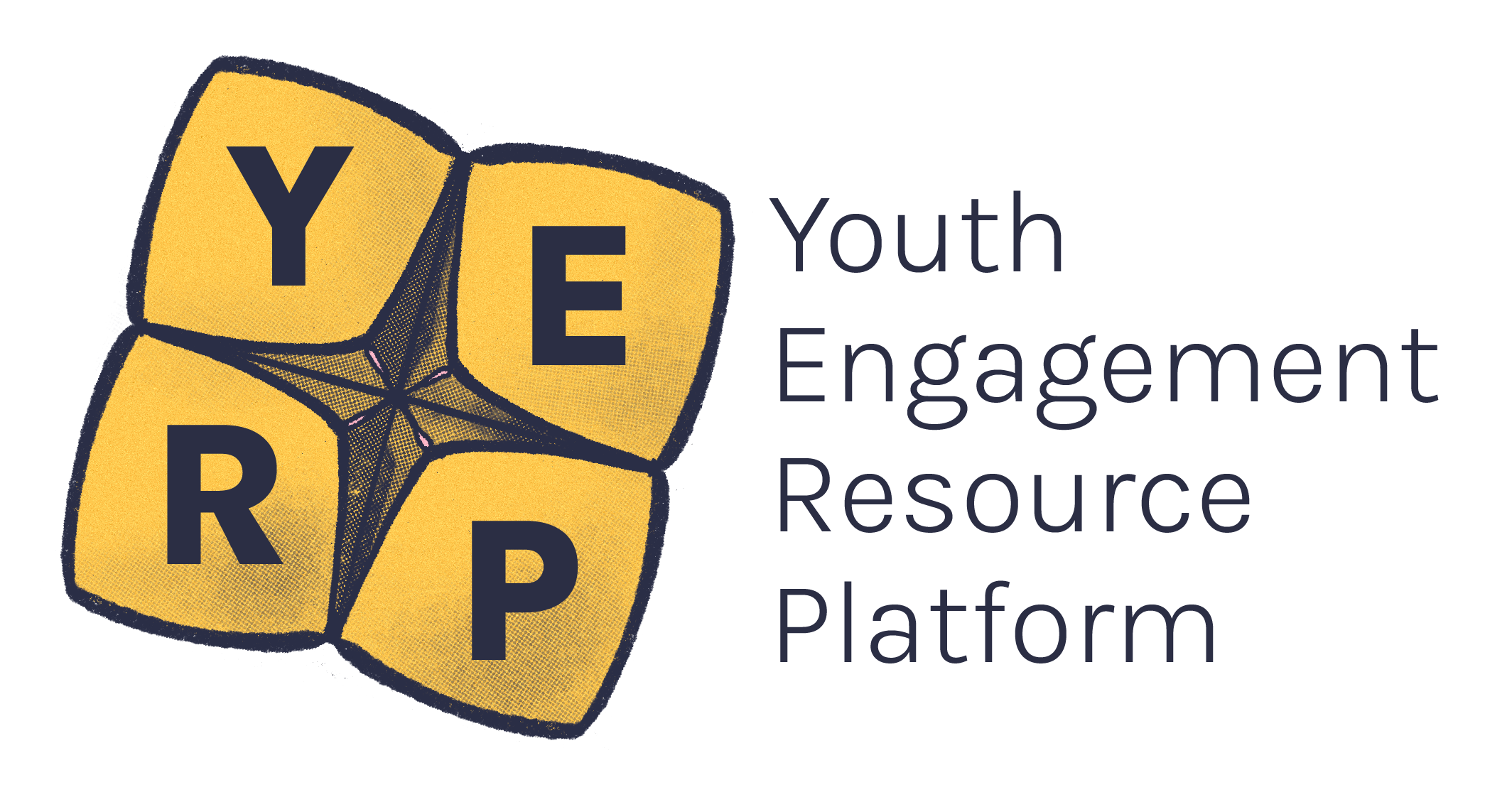The words ‘diversity, ‘equity’ and ‘inclusion’ are used in many ways by many different people and can sometimes feel like buzz words. This means their meanings are often forgotten. So let’s get clear on our definitions!
Diversity is the representation of different identity groups. Diversity is intersectional and constantly evolving.
Inclusion is the actions we take to ensure a diverse space is safe and welcoming. It creates an environment where people can contribute their skills and perspectives, and a sense of belonging. This involves seeking out and encouraging participation from underrepresented groups to ensure their voices are heard and included.1
Equity builds on diversity and inclusion to ensure that people have the opportunities they need to achieve equal outcomes. Through the lens of equity, we can see where different people have different levels of advantage and disadvantage. This helps us design supports that cater to the needs of each individual, recognising their unique needs.2
Have a look through the images below, they show the concepts of inequality, equality, equity and justice.
Check out pages 2-5 in this Design in Tech Report. They give a beautiful example of the concept of equity.
These images are by @lunchbreath based on Shel Silverstein's 'Giving Tree' for John Maeda's 2019 'Design in Tech Report'.
‘Cultural Safety’is an important consideration when working towards equity. Cultural safety can be understood as “an environment that is safe for people: where there is no assault, challenge or denial of their identity, of who they are and what they need. It is about shared respect, shared meaning, shared knowledge and experience, of learning, living and working together with dignity and truly listening.”3
Cultural safety is a term that is becoming more widely used and understood as a more appropriate and respectful way of working with people of colour/multicultural people. It was originally coined from a First Nations perspective and cultural safety has been wildly recognised as a basic right for Indigenous people at an international level through the UN Declaration on the Rights of Indigenous Peoples.
Over time, it has become broadly used in the youth sector for all diverse cultures.
For the purposes of YERP and based off feedback from our co-designers, we use ‘Cultural Safety’ in its broad definition, not just focusing on Aboriginal and Torres Strait Islander young people.
Watch an episode of Project Rockit TV (PRTV), as Felix and Carly bring together the ensemble cast of PRTV to explore what it means as a young person to be included, or excluded. Together they discuss their experiences of feeling out of place and feeling accepted, exploring what a truly inclusive world looks like, and how we can take an active role in creating spaces and systems that foster belonging for all.
- IAP2 Australasia (2024). Inclusive and Accessible Engagement Position Paper. Inclusive and Accessible Engagement Position Paper
- Human Rights Commission. (n.d.)Let's talk about equality and equity.https://humanrights.gov.au/lets-talk-about-equality-and-equity
- Williams, R. (1999). Cultural safety—what does it mean for our work practice? Australian and New Zealand journal of public health, 23(2), 213-214.





